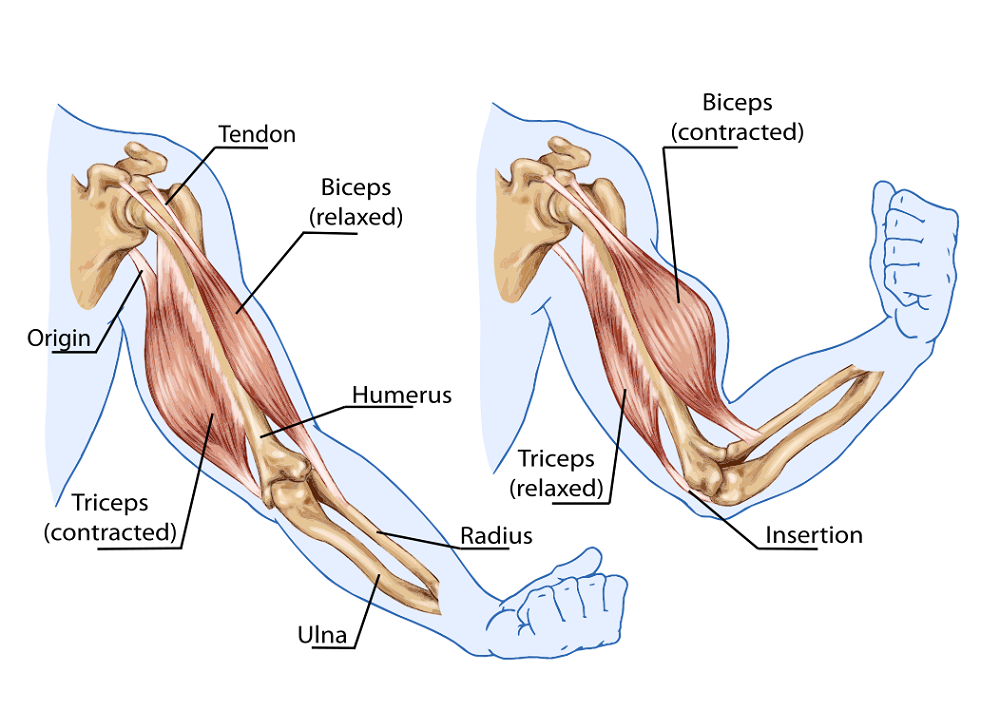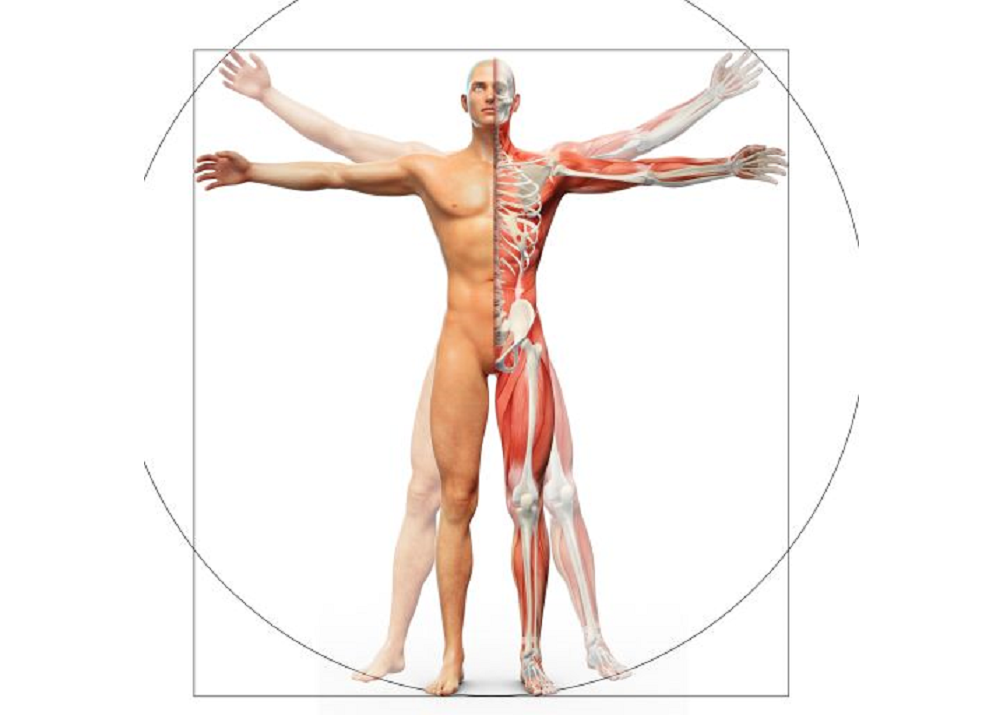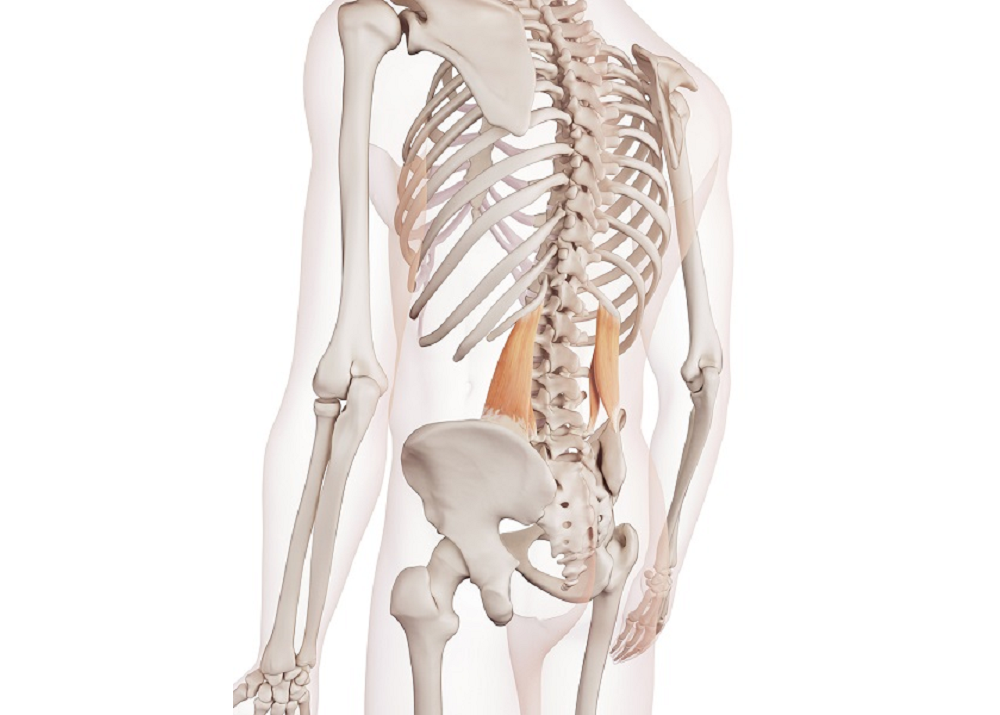Introduction:
In the intricate world of weight training, the role of antagonist muscles often takes center stage. These opposing forces play a crucial role in achieving balanced and effective workouts. In this blog post, we'll delve into the significance of antagonist muscles, exploring how their engagement contributes to strength, stability, and overall fitness. Let's unravel the dynamic dance between agonists and antagonists.
Understanding Antagonist Muscles:
-
Defining Agonists and Antagonists: Agonist muscles are the primary movers during an exercise, while antagonist muscles oppose their action, providing control and stability. This dynamic relationship is fundamental for well-coordinated movements.
-
Balancing Force: Antagonist muscles ensure a balanced force distribution. As agonists contract to execute a movement, antagonists lengthen, providing resistance and preventing excessive acceleration, which could lead to injury.
Examples of Antagonist Muscle Pairs:
-
Biceps and Triceps: The classic example of agonist-antagonist interaction is the biceps and triceps. While the biceps contract during a curl, the triceps act as antagonists, controlling the movement and preventing hyperextension.
-
Quadriceps and Hamstrings: In leg exercises like squats or leg extensions, the quadriceps act as agonists, lifting the leg, while the hamstrings function as antagonists, providing the necessary control and stability.
-
Chest and Back: During pushing exercises like bench presses, the chest muscles are agonists, and the back muscles act as antagonists, ensuring controlled descent and preventing overextension.
Benefits of Antagonist Muscle Engagement:
-
Enhanced Stability: Antagonist muscles contribute to joint stability. Their engagement ensures that movements are controlled, reducing the risk of injury and promoting overall joint health.
-
Prevention of Imbalances: A well-balanced workout routine that engages both agonists and antagonists helps prevent muscle imbalances. This is crucial for maintaining proper posture and preventing overuse injuries.
-
Optimal Strength Development: The coordinated action of agonists and antagonists optimizes strength development. By ensuring that opposing muscle groups work in harmony, workouts become more efficient and effective.
Incorporating Antagonist Muscle Training:
-
Balanced Workout Routines: Design workout routines that target both agonists and antagonists. This promotes comprehensive muscle development and reduces the risk of overemphasizing certain muscle groups.
-
Antagonistic Supersets: Introduce antagonistic supersets into your training. Pair exercises that target opposing muscle groups to maximize time efficiency and maintain a balanced approach to muscle engagement.
-
Mindful Movement: Pay attention to the controlled movement of antagonist muscles. Mindful execution of both the concentric and eccentric phases ensures that you're benefiting from the full range of motion and muscle engagement.
Conclusion:
The role of antagonist muscles in weight training is integral to achieving a well-rounded, effective, and safe workout experience. By understanding and appreciating this dynamic interplay, individuals can optimize their training routines, promote balanced muscle development, and enhance overall fitness. Embrace the synergy between agonists and antagonists, and witness the transformative impact on your strength, stability, and muscular harmony.



